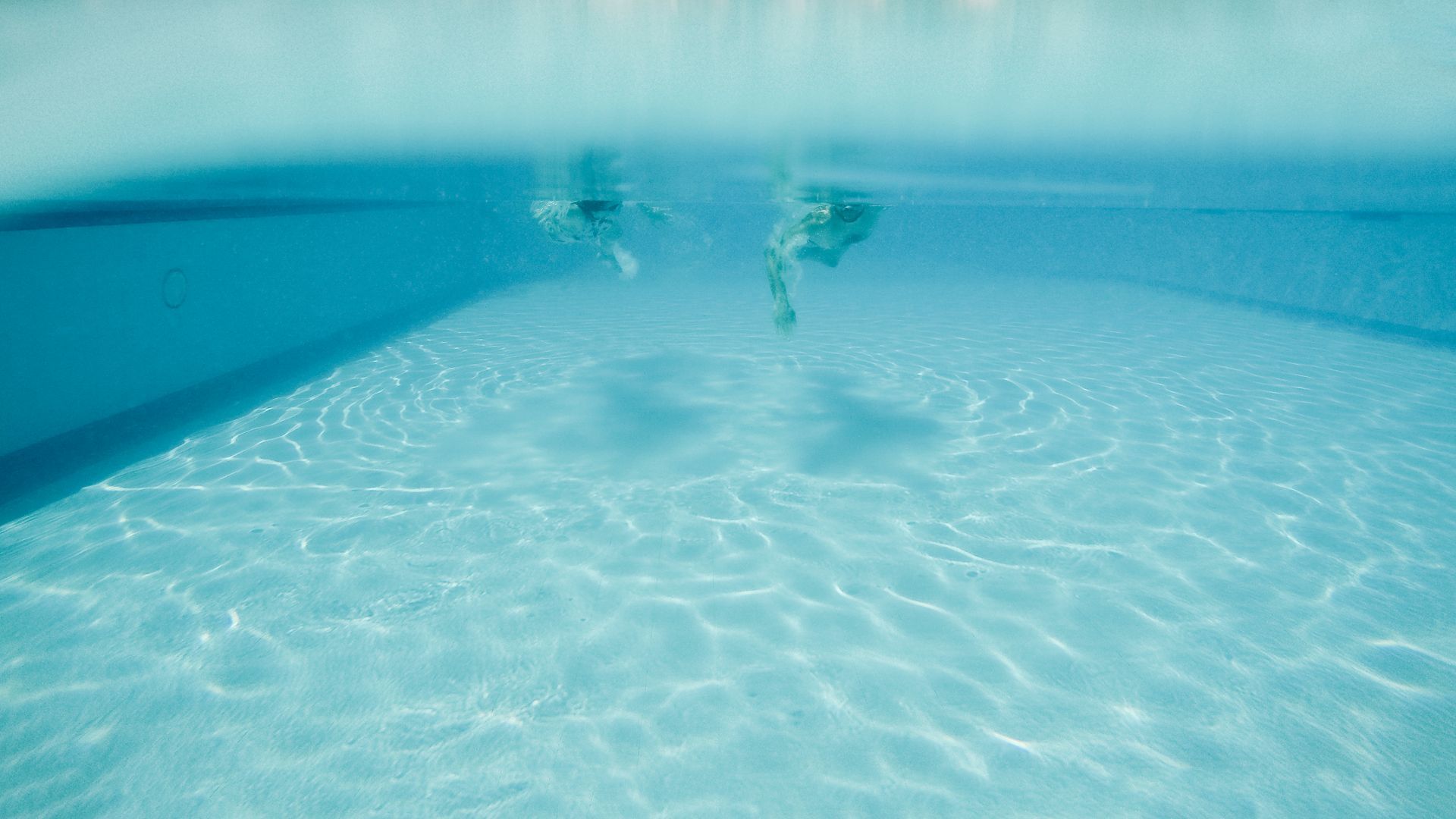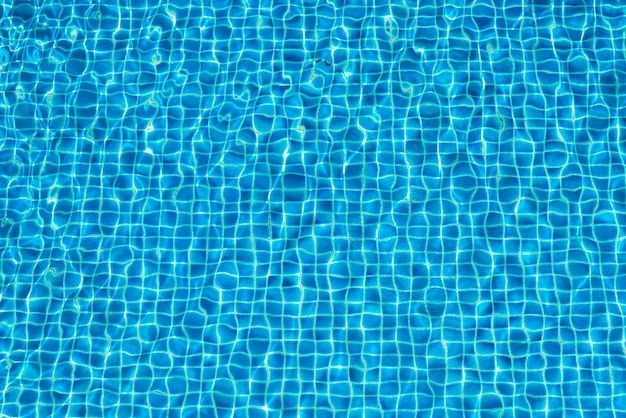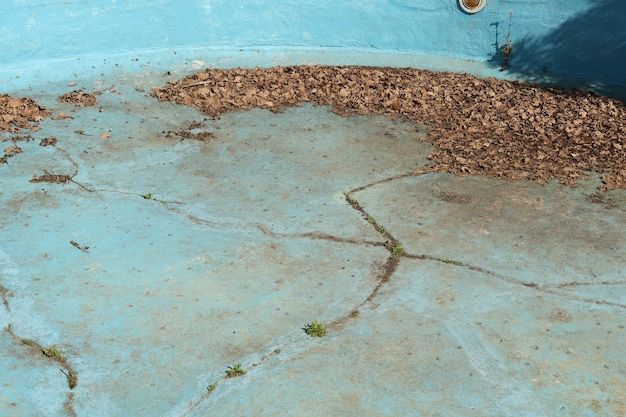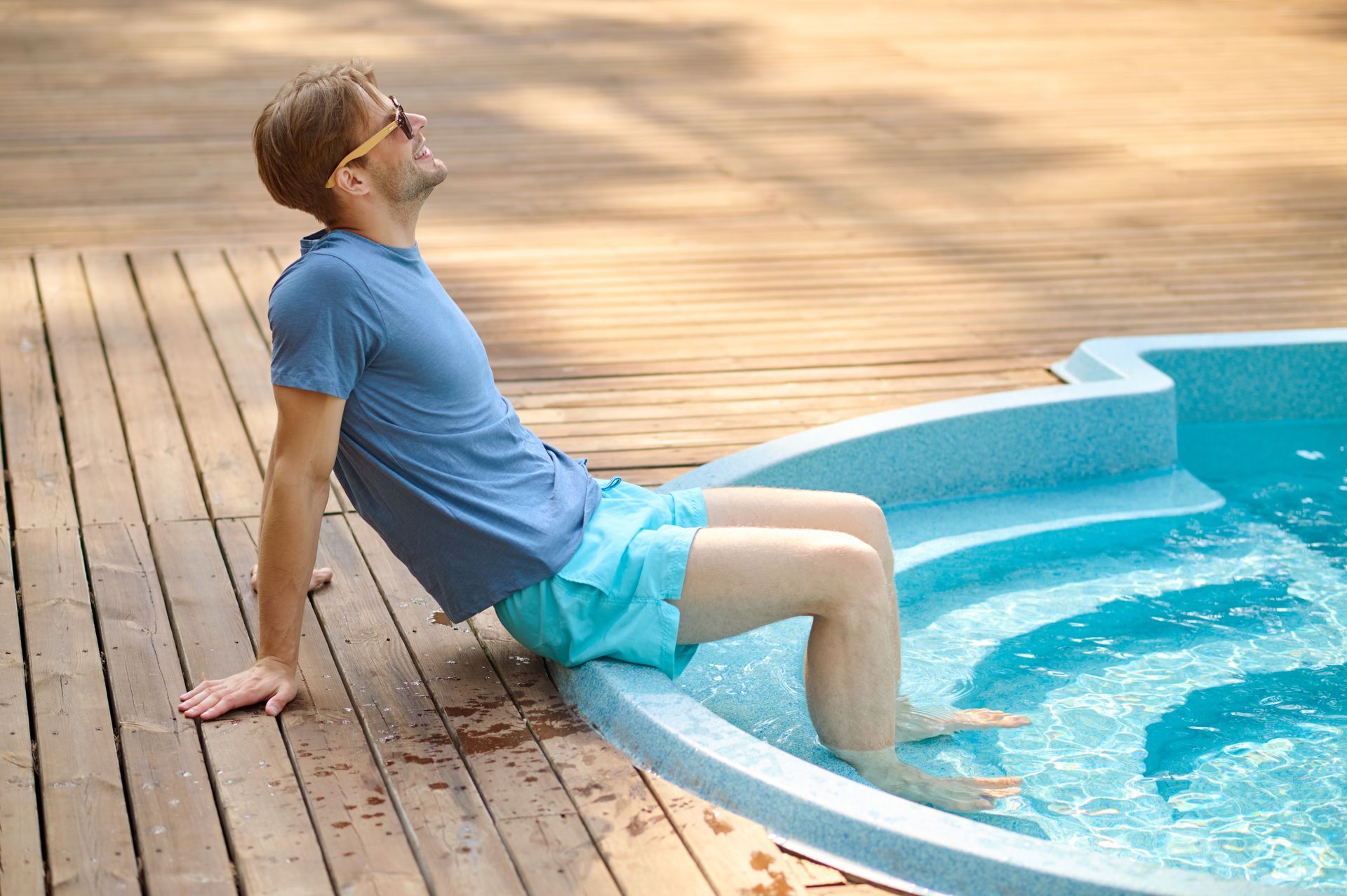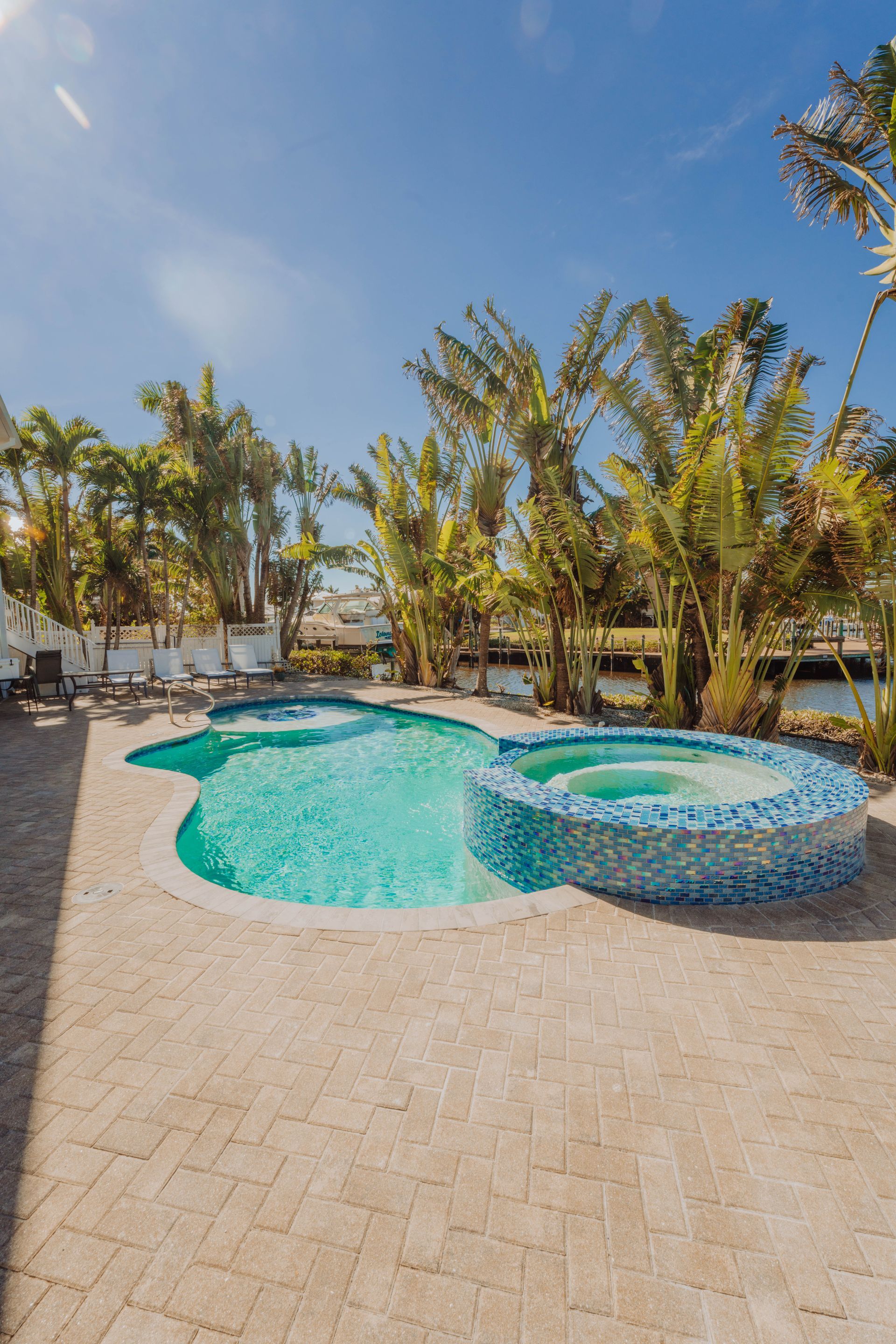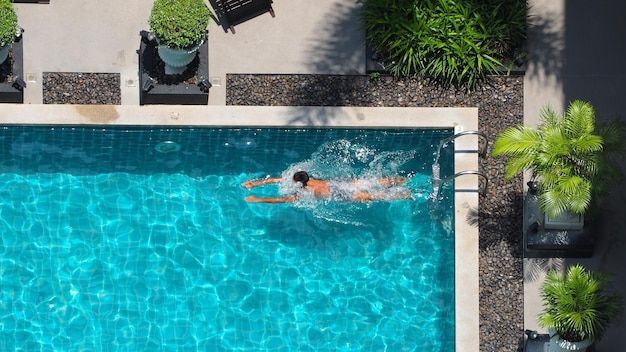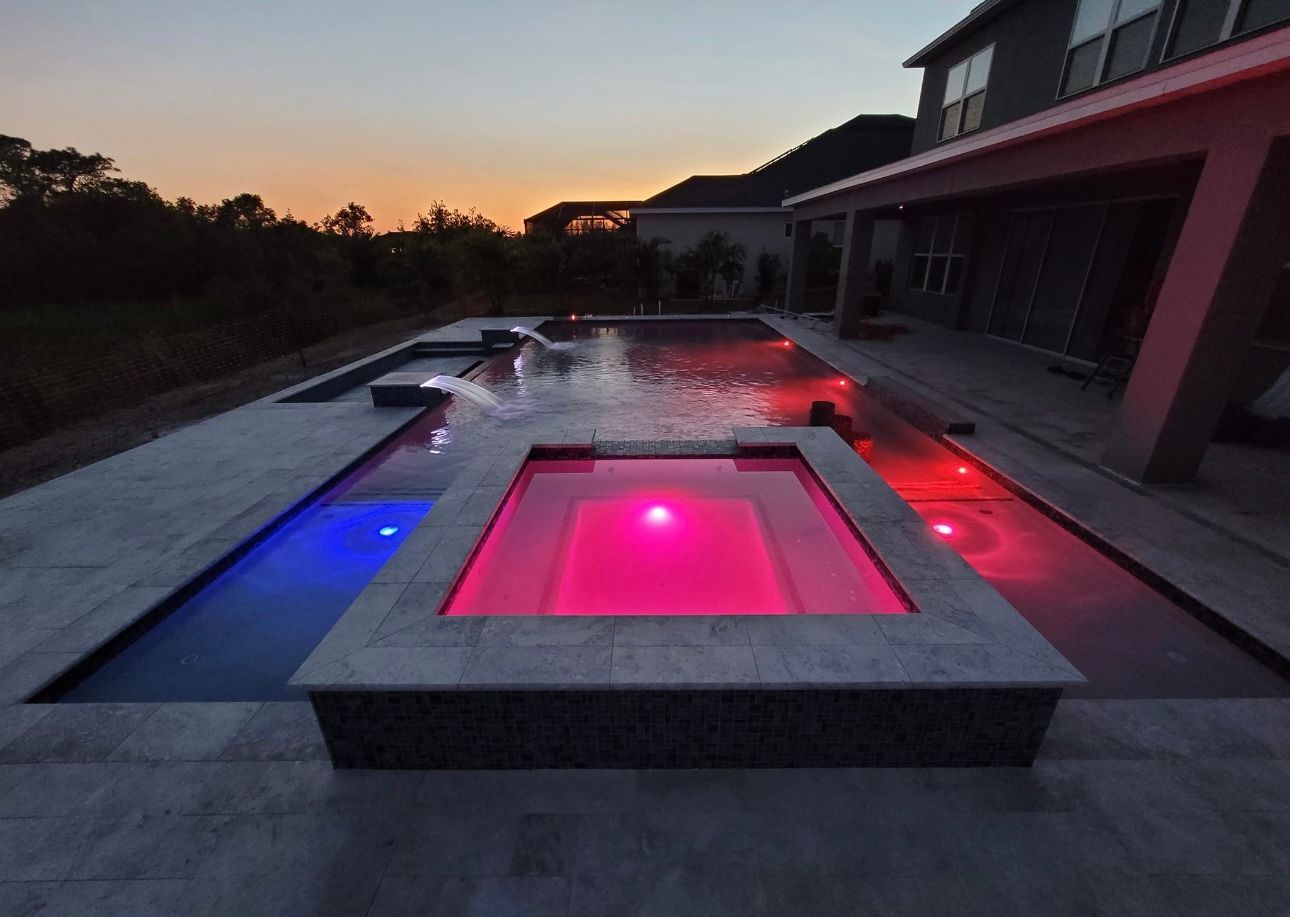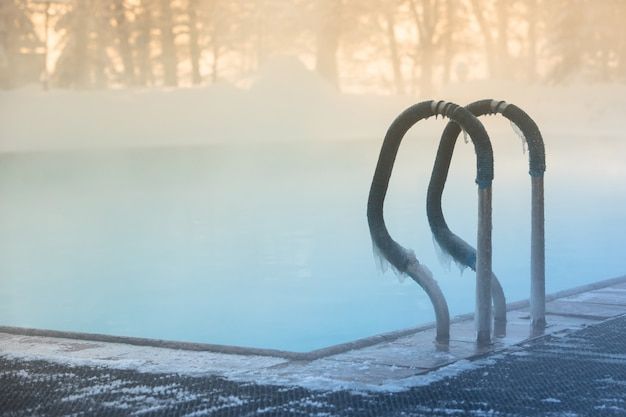IS YOUR POOL LEAKING OR JUST EVAPORATING?
As a Florida pool owner, watching your pool water level drop can be concerning. But how do you know if it's normal evaporation or a costly leak? Let's dive into what's normal and what's not when it comes to pool water loss in the Sunshine State.
Normal Evaporation Rates in Pools
In Florida's hot and humid climate, evaporation is a natural process that affects every pool. You should expect an average daily water loss of 1/4 to 1/2 inch in summer months and a weekly water loss: 1-3 inches, depending on:
- Air temperature and humidity levels
- Wind exposure
- Pool surface area
- Use of pool covers
- Running water features (fountains, waterfalls)
Seasonal Evaporation Factors in Florida
- Summer (June-September): Highest evaporation rates due to intense heat
- Winter (December-February): Lower evaporation rates, but still significant
- Spring/Fall: Moderate evaporation influenced by changing temperatures
Signs of Excessive Water Loss
If you notice any of these warning signs, your pool might be losing water due to more than just evaporation:
- Water loss exceeding 2 inches per week
- Constantly running auto-fill system
- Sudden increases in water or chemical usage
- Air bubbles in pool returns
- Cracks or gaps in pool tiles
- Wet spots around the pool area
- Settling of pool deck or patio
Measuring Water Loss: The Bucket Test
Perform this simple test to determine if water loss is due to evaporation:
1. Fill a bucket with pool water
2. Place it on the pool steps (keeping rim above water)
3. Mark water levels (both pool and bucket)
4. Compare levels after 24 hours
5. If pool loses more water than bucket, you likely have a leak
Professional Pool Leak Detection Methods
Modern leak detection technology helps pinpoint exact leak locations without draining your pool. Here are the primary methods used by certified Florida pool professionals:
Dye Testing
- Uses special leak detection dye
- Works best for visible cracks
- Most effective in still water
- Can identify suction-side leaks
- Non-invasive and chemical-free
Electronic Leak Detection
- Sophisticated sonar equipment
- Detects leaks in underground pipes
- Identifies structural cracks
- Pressure testing capabilities
- Minimal disruption to pool area
Pressure Testing
- Isolates plumbing systems
- Identifies leaks in: main drains, skimmer lines, return lines, pool equipment connections, and provides accurate leak location data
Common Leak Locations in Pools
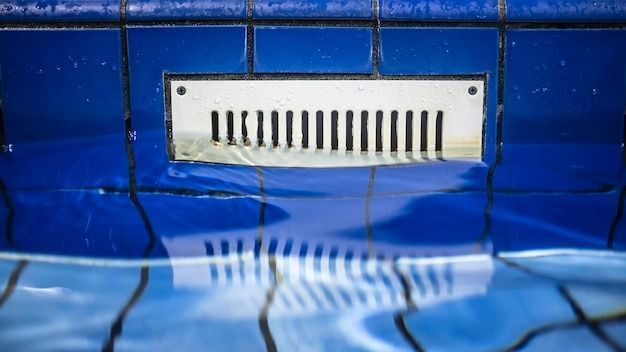
Structural Leaks
- Skimmer attachments (most common)
- Light housings and niches
- Cracks in pool shell
- Tile line separations
- Construction joints
- Steps and corners
Plumbing System Leaks
- Underground pipe breaks
- Pump and filter connections
- Valve seals
- Return jet fittings
- Main drain lines
- Auto-fill mechanisms
Equipment Pad Leaks
- Filter tank cracks
- Pump housing damage
- Heater connections
- Chemical feeder joints
- Valve bodies
- Pipe connections
Preventive Measures for Florida Pool Owners
Regular Maintenance
A consistent maintenance routine is essential for preventing pool leaks. This includes weekly equipment inspections, monthly seal checks, and quarterly pressure testing. Regular structural evaluations help adapt to seasonal changes, while an annual professional assessment ensures all pool systems remain in optimal condition. Following this maintenance schedule helps prevent water loss and keeps your pool running efficiently year-round.
Environmental Considerations
In Florida's unique climate, environmental factors play a crucial role in pool maintenance. Pool owners should prepare for storms by securing equipment and maintaining proper water levels. Regular monitoring of ground settlement and soil stability helps prevent structural issues, while managing nearby tree roots prevents underground damage. Proper deck drainage is also essential to prevent water from seeping into critical areas around the pool structure. These environmental considerations are especially important in Florida's sandy soil conditions and hurricane-prone climate.
DIY Repairs
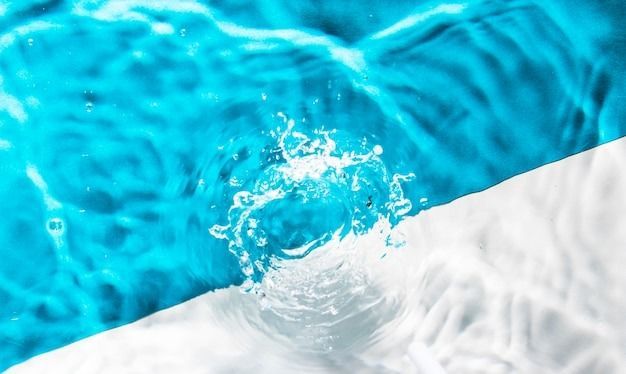
Not all pool leaks require professional intervention. Here are repairs that skilled homeowners can handle:
Skimmer repairs:
- Replacing skimmer baskets
- Sealing skimmer-to-deck joints
- Applying pool putty to minor cracks
Simple plumbing fixes:
- Tightening fittings
- Replacing O-rings
- Sealing visible leaks with epoxy
Equipment pad maintenance:
- Pump seal replacement
- Filter O-ring updates
- Basic valve repairs
Cost Considerations
Leak Detection Costs
- Basic inspection: $350-$550
- Dye testing: $75-$150
- Electronic detection: $200-$400
- Pressure testing: $300-$500
- Full system evaluation: $600-$800
Protecting Your Pool Investment
Early detection and prompt repair of pool leaks is crucial for Florida pool owners. Regular maintenance and quick response to water loss can:
- Prevent structural damage
- Reduce water bills
- Maintain property value
- Avoid costly repairs
- Ensure pool safety
Next Steps
1. Monitor your pool's water level weekly
2. Perform the bucket test monthly
3. Schedule annual professional inspections
4. Keep detailed maintenance records
5. Build a relationship with a trusted pool service provider
Protect Your Investment with Gold Standard Pools
Don't let pool leaks drain your wallet. At Gold Standard Pools, we're Florida's trusted experts in pool leak detection and repair. Our certified technicians use state-of-the-art equipment and proven methods to quickly identify and fix any water loss issues.
Call Gold Standard Pools today for:
- Professional leak detection
- Expert repairs
- Fast response times
- Competitive pricing
- Guaranteed workmanship
The sooner you address water loss issues, the more money you'll save in the long run. Let Gold Standard Pools protect your pool investment with our industry-leading service and expertise.
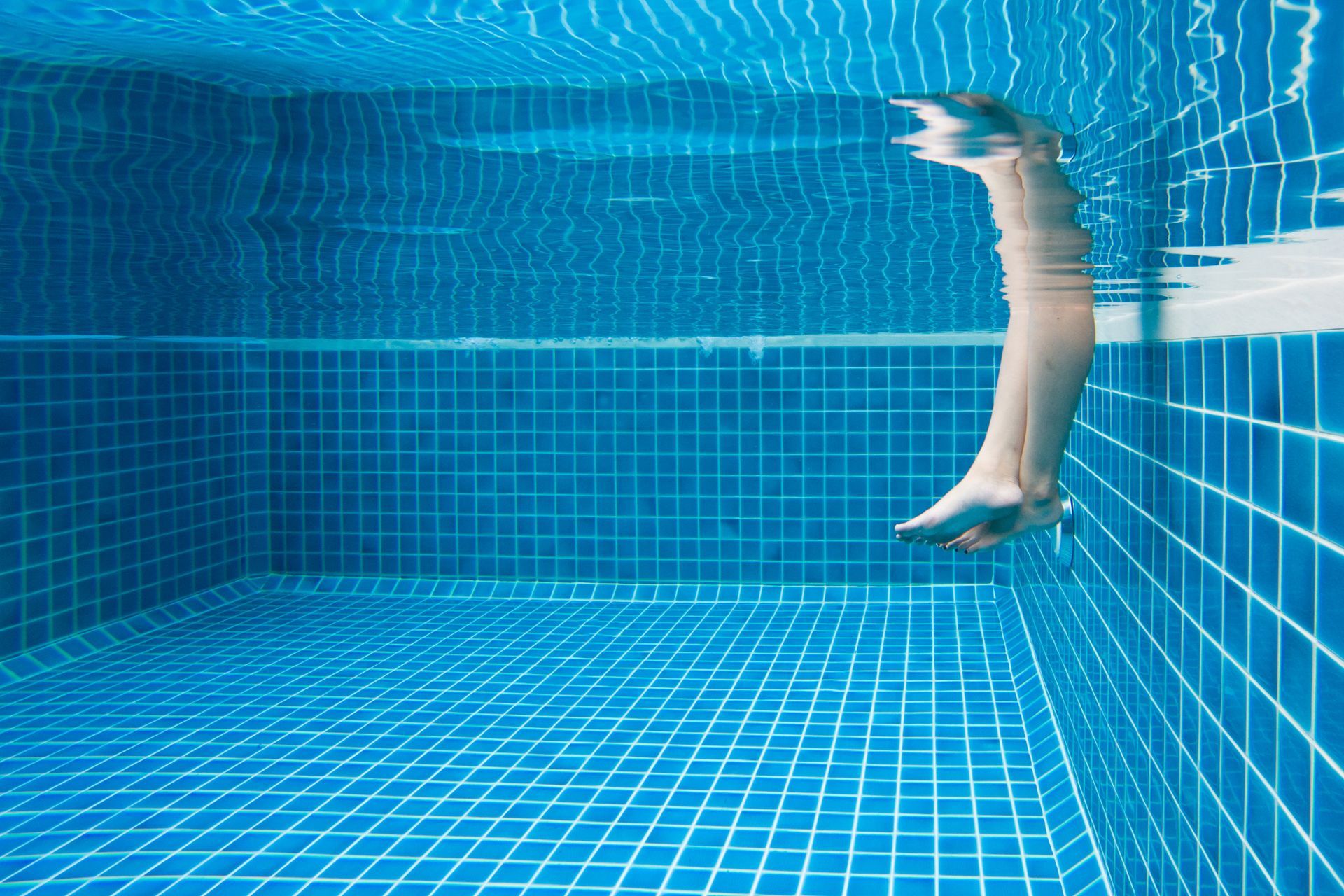
BUSINESS HOURS
- Mon - Fri
- -
- Sat - Sun
- Closed
BUSINESS HOURS
- Mon - Sat
- -
- Sunday
- Closed
All Rights Reserved | Gold Standard Pools Construction & Renovations


